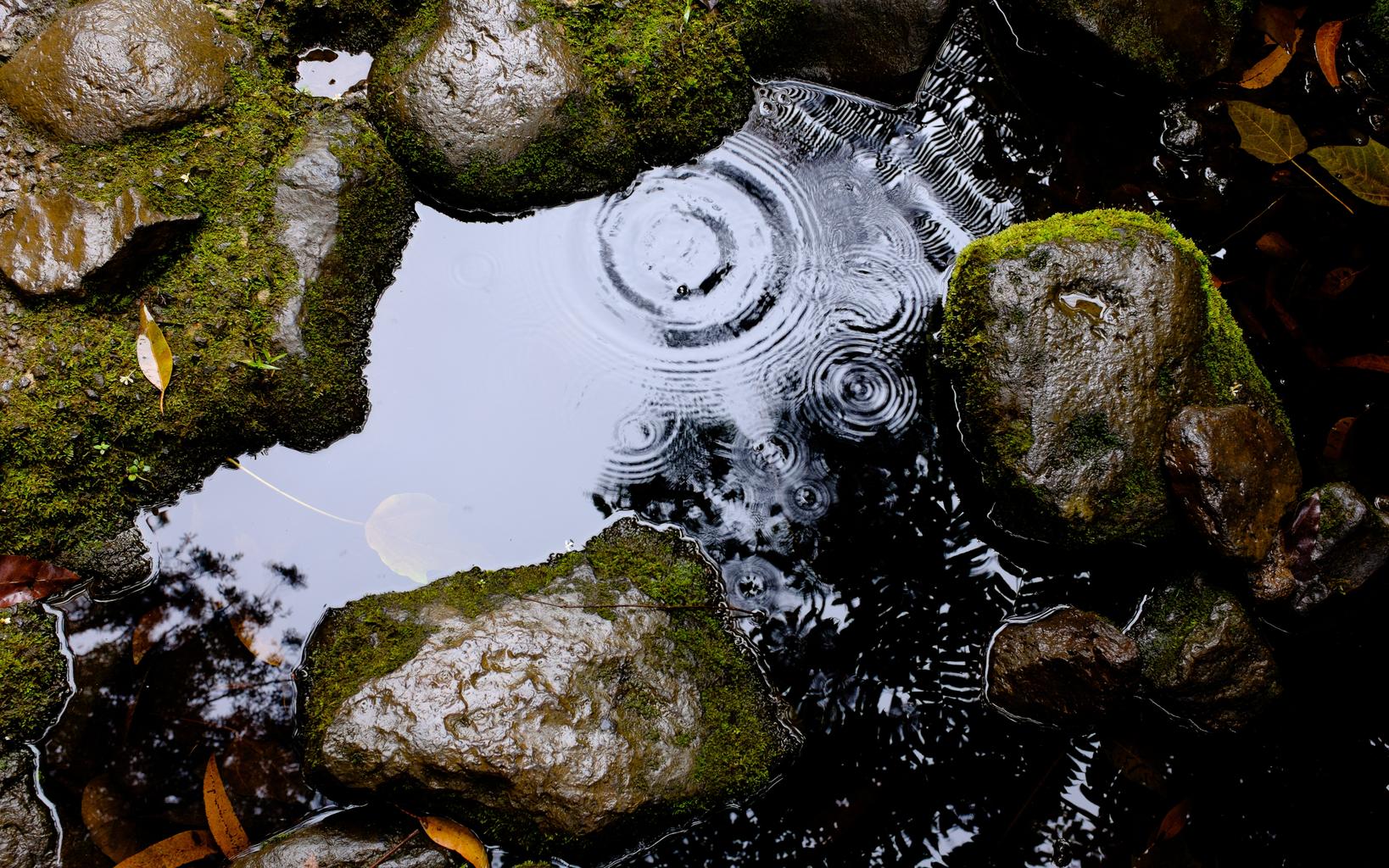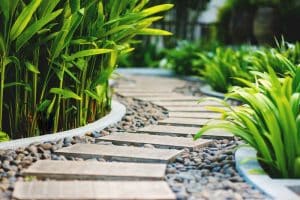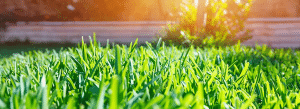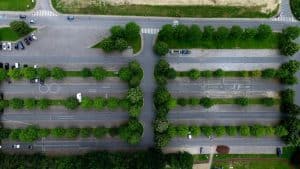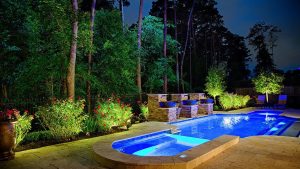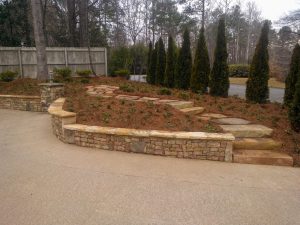Drainage problems are common in landscapes, especially during rainy seasons. Improperly graded landscapes, clogged gutters and downspouts, certain soil types, and improper drainage systems can all lead to water accumulation and the subsequent formation of puddles, mud holes, erosion, and flooded basements. In this article, we will discuss some of the most common causes of drainage problems and offer solutions on how to fix them.
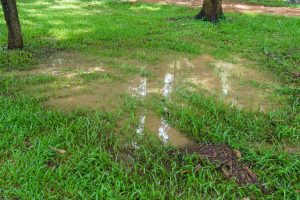
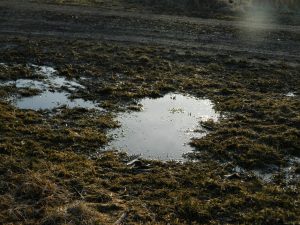
Improper Grading and How to Solve It
The number one cause of drainage problems is improper grading. This simply means that the land is not sloped correctly so that water can run off of it effectively. When rain falls on a slope that is too gradual, the water will pool and eventually seep into the ground, causing saturation problems. If the slope is too steep, however, the water will run off too quickly, causing soil erosion and possible flooding downstream. If the water slope towards the home, it will pool near the foundation and cause flooding or leaks.
Grading
In order to correct drainage problems, you may need to grade your landscape. Grading is the process of sloping the land so that water drains away from the foundation and does not pool. The minimum grade for a drainage slope is about 3 inches per 100 feet.
How to Grade Your Landscape
To grade your landscape, you will need to:
1. Measure the height of your foundation. This will be the starting point for your grade.
2. Use a string and level to create a slope that is 6 inches per 100 feet.
3. Begin by excavating the high side of your slope and fill in the low side.
4. Use a soil compactor to compact the soil.
5. Tamp down the soil with your feet or a hand tamper.
6. Repeat this process until you have created the desired slope.
This can be done by hand or with the help of a machine, such as a skid loader. If you are unsure of how to grade your landscape, you can consult with a landscaping professional.
Catch Basins
Another solution for improper grading is to install catch basins. Catch basins are used to collect and redirect water in areas where it might cause damage. They are important for preventing erosion. Catch basins can be made of a variety of materials, but most are either plastic, concrete or metal. They are typically installed in areas where water accumulates or travels.
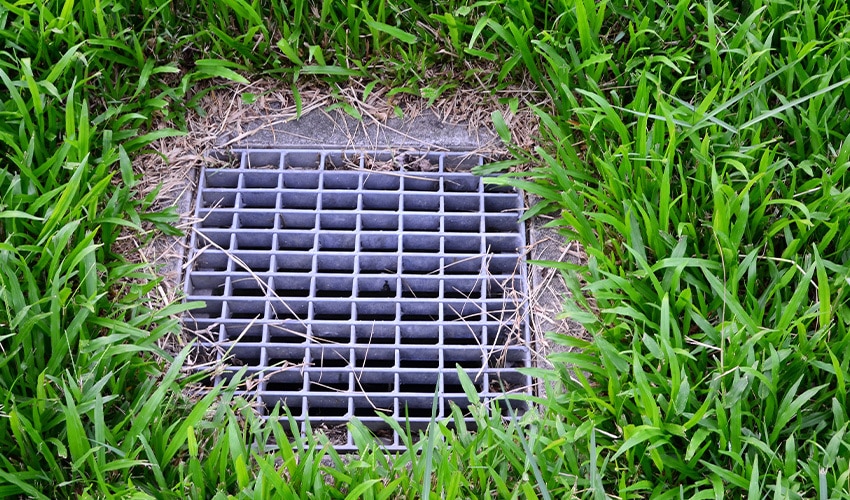
Improper or Damaged Drainage Systems and The Solutions
Even with proper grading, improper drainage systems can also cause drainage problems.
Gutters and Downspouts
If your home has a gutter system, it is important to make sure that the gutters are connected to downspouts. Downspouts should be tied into a drainage system and the water piped away from the home and the landscape. Downspouts should be directed away from the foundation of the house to ensure that water is not able to pool near the foundation.
If you already have gutters, you may just need to clean them out. Clogged gutters and downspouts are another common cause of drainage problems. Gutters and downspouts should be cleaned on a regular basis to ensure that they are free of debris such as leaves and twigs. If gutters and downspouts are clogged, water will not be able to drain properly and will pool on the roof or in the gutters. This can lead to leaks and flooding. It is important to clean your gutters and downspouts regularly to prevent this from happening.
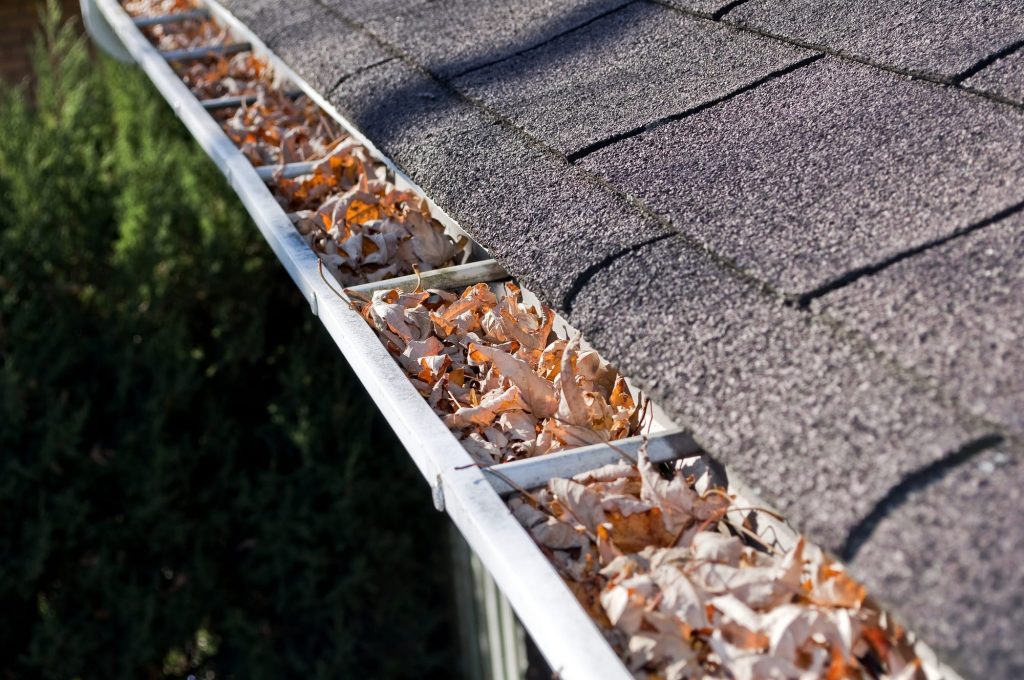
French Drains
French drains are underground systems that are designed to pull water out of the soil. French drains typically consist of a perforated pipe that is surrounded by gravel and wrapped with a filtration sock. The pipe is installed in a trench that has been dug around the perimeter of the area where water saturates. The gravel increases the surface area from which the French drain can draw water. French drains are for redirecting water under the ground, rather than surface water. In time French drains can become clogged or damaged from crushing under large weight, and need repair or replacing. A properly installed French drain will last decades.
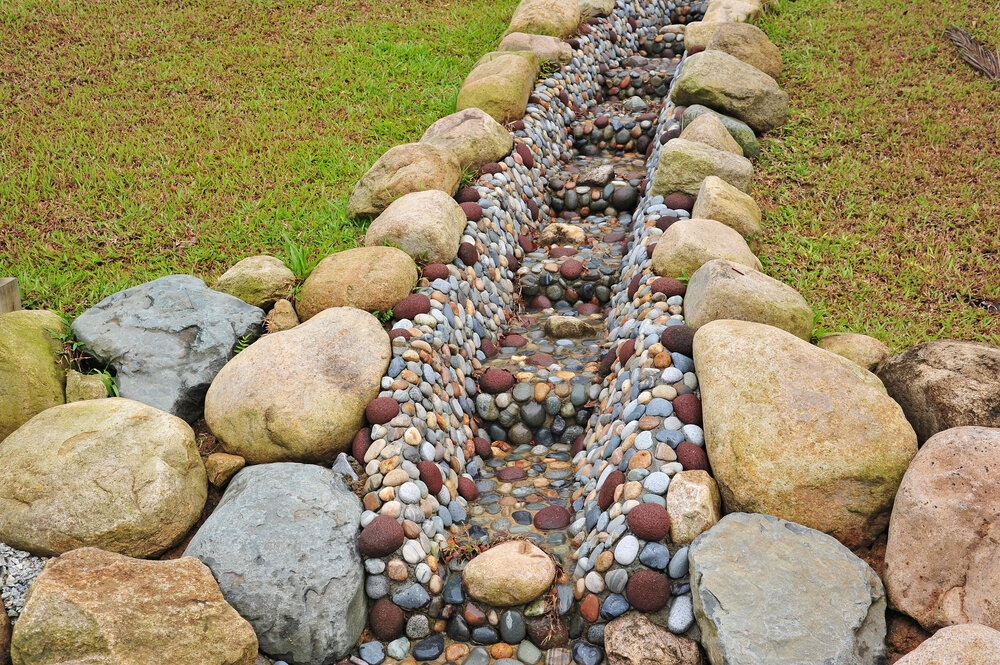
Dry Creek Bed
A dry creek bed is an excellent method to redirect water away from your home and yard. A dry creek bed is a trench filled with gravel that aids in the diversion of water. It can be used to divert water away from foundations, sidewalks, and driveways. It is also a great way to direct water away from areas where you do not want it to pool. Dry creek beds can be created with a variety of materials, such as stones, bricks, and gravel.

Conclusion
Drainage problems are common in residential and commercial landscapes. By understanding some of the most common causes of drainage problems, you can take steps to prevent them from occurring in your own landscape. If you are already experiencing drainage problems, taking these steps can help to mitigate the issue.
If you are experiencing drainage problems in your landscape, take a look at these possible causes and solutions discussed in this article to see if you can mitigate the issue. If the problem is too big for you to handle on your own, you may need to call in a professional. A landscaping professional can help you to determine the cause of the drainage problems and can provide solutions to fix the issue. They can also help you to prevent future problems.
Need help with drainage problems? Contact the experienced professionals at Oasis.

